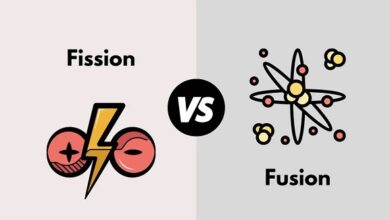Difference between banana and plantain Similarities and FAQs
Banana and Plantain
In this piece of writing we will provide you the difference between banana and plantain Similarities and FAQs.
What does banana mean?
Banana is a fruit of the Musa genus of the plant family called Musaceae. It is a staple food in many tropical countries, and its production has spread throughout the world. Bananas have elongated shapes with curvatures, they are covered by yellow skin when ripe; Beneath it is a sweet, juicy meat with a slightly tart flavor. It is composed mainly of water (75%) and contains carbohydrates, proteins, fat, dietary fiber and important vitamins such as A, B1 and C. Bananas are rich in minerals such as potassium, calcium, magnesium, among other nutritional elements. Due to its nutritional properties it has many benefits for human health such as reducing malignant cholesterol or improving blood glucose levels.
What does banana mean?
The banana is a common fruit in many parts of the world. It has a yellow peel and can be found both fresh and canned, frozen or dried. Bananas contain starch, dietary fiber and vitamins A, B6 and C. They also contain minerals such as iron, magnesium, potassium and phosphorus; in addition to antioxidant components that help prevent various chronic diseases. In addition to consumption directly from the peel or cooked for delicious desserts, banana is also used to make flour and even liquor. It is for these reasons that the banana has been called “the miracle fruit”, given the versatility of its uses and the nutritional benefits it offers for human health.
Similarities between banana and plantain
The words banana and plantain are similar in many ways. Both are sweet fruits, elongated in shape and with a yellow peel when ripe. Its flavor is similar although there are variations between the different types of bananas and plantains; For example, the Canarian banana has a more intense flavor than the common banana. Both have a smooth consistency when cooked or used to make baked desserts, such as pancakes or puddings. In addition, both contain large amounts of dietary fiber, vitamins C and B6 as well as key minerals for human health: calcium, magnesium and potassium.
Differences between banana and plantain
The word banana refers to a type of fruit that belongs to the musaceae family. It is a herbaceous fruit with a curved shape, usually yellow and whose size varies from 10 cm to 20 cm. On the contrary, banana is another type of fruit from the same genus Musaceae, characterized by its orange skin color and its very long rectilinear shape. Both products are rich in potassium and carbohydrates and contain some vitamins such as A, B6 and C; However, banana has a greater amount of dietary fiber than banana. There are also differences in flavor between the two: while the plantain is sweeter than the banana, the latter has greater acidity, making it ideal for salty desserts commonly used in Central Europe.
Frequent questions about banana and plantain
What is the origin of bananas?
Bananas are native to Southeast Asia, specifically India. It is believed that the first bananas were cultivated around 7,000 years ago in southern China and were later taken to other Asian countries such as Indonesia and Sri Lanka.
What is the name of the banana tree?
The banana tree is called Musa sapientum.
How big is the banana?
The banana has a variable size, depending on the variety. In general, commercialized bananas are usually between 7 and 8 inches (18-20 cm) long.




